Okay, as promised, here’s the how-to on the on the Bonito and Shiso Onigiri we made for Fresno Ani-Jam’s annual cosplay picnic at Woodward Park on Sunday. Above is the lovely cosplayer Neeka modeling one of our rice balls at the cosplay picnic. Check out her cosplay work, she’s amazing!
First off, onigiri, (the Japanese word for “rice ball”), is a popular food in Japan made from white rice formed into triangular, oval and sometimes fanciful shapes and often wrapped in nori (seaweed). Onigiri is a mainstay of Japanese bento boxes and a favorite quick meal in our household. These little flavored rice balls are made with sushi rice and stuffed with inexpensive furikake seasonings, or any leftover meats and veggies finely minced for filling. Onigiri really is the meatloaf of Japanese cuisine and is a creative way to makes use of leftovers!
I stumbled upon onigiri when I fell madly in love with the series Fruits Basket, and have seen it in various animes and mangas since. In the Fruits Basket photo above, we actually own the original artwork watercolor background scenery used in the anime that we bought from a fine art dealer at Anime Expo years ago, and it’s currently hanging in our kitchen. So I get to look at the “original” Sohma family kitchen as I make onigiri with my handsome husband! (I’m a very spoiled nerd, I know.) Making onigiri started out as a geeky project, but now it really has become one of our favorite Japanese foods to make, and is always a guest and crowd pleaser.
So here’s what you’ll need!
Rice
Rice Vinegar
Bonito filling and shiso furikake seasonings
Water
Nori
Onigiri form
1. Follow the directions for cooking the rice.
The white rice you use should be a short grained Japanese-style rice so it sticks together easily. Long grained rice tends to be drier and won’t stick together as the recipe requires. We use Botan Calrose Rice which is found in the international food isles of most grocery stores. So! Cook the rice according to package directions. Once it’s done, lightly sprinkle the rice with rice vinegar while fluffing with a wooden rice paddle or fork.
2. Prepare the nori strips.
There are multiple ways of wrapping nori on your onigiri, and all you have to do is check Pinterest or Google Images for some great ideas, but for the sake of expediency (c’mon, we made 5 freaking pounds of this stuff) we just went with the classic onigiri strip on the bottom, for easy gripping of the sticky rice balls. Nori, also found in the international aisle at your grocery store, usually comes in hand roll sized sheets. Use a pair of kitchen shears and cut the nori down to desired size. I usually make strips two finger widths across and as long as they need to be for the size of the onigiri mold you are using.
3. Get a small bowl of water handy for keeping your hands wet.
Before handling the rice, wet your hands thoroughly. While it won’t prevent all the grains from sticking to your hands, it will at least keep your hands from becoming COATED in rice.
4. Make your onigiri in the mold.
These little onigiri molds come in all kinds of shapes and sizes. You can find them in some oriental food markets, and you can most certainly find them for super cheap online. They’re fun, easy to use, and make some impressive looking dishes (versus using your hands for riceballs). We got our classic triangle shaped molds at Japan Town in downtown LA.
If you are going to make filled onigiri:
The first batch we made was Bonito Filled Onigiri. While you can fill onigiri with anything, it’s easiest to just buy a jar of furikake – a Japanese condiment that is meant to be sprinkled on soups and rice and used in onigiri. For our filled rice balls, we used Bonito Furikake – basically sesame seeds, sugar, salt, nori shavings, and dried bonito flakes (a Japanese fish from the tuna family) seasoned with soy sauce flavorings. (It’s Jonathan’s favorite of all the furikake mixtures we’ve tried.)
Scoop some rice into the mold till its about half full. Then make a deep crater in the rice ball, but don’t push to the point that your thumb slips to the other side. This is where your filling is going to go, so just deep enough to place things in.
Insert your fillings into the hole. Make sure that you don’t overfill it or it won’t hold together! Scoop some more rice over the hole so that all fillings are hidden. The place the lid of the mold on top, and press down firmly. If you press too lightly, the rice won’t stick together and will crumble as you eat it. Push your thumb into the mold bottom and your perfectly formed rice ball should pop right out!
For the unfilled onigiri:
The second batch we made we used Shiso Furikake – which is a mixture of dried beefsteak plant, salt and sugar. For this rice ball, simply season the rice before shaping it into the mold. And when you make the onigiri, just fill the mold and press. Simple!
5. Wrap nori around your onigiri.
Again, you can do whatever you want with the nori. Wrap it all around the outside. Wrap it up completely all mummy style. Give it a cute little face. Whatever. We decided to make little hand holds because we needed to mass produce these bad boys or risk running late for the picnic. (Which we did, by 20 minutes. Ugh.) I personally prefer the simple strip on the bottom, because the nori keeps your hands rice-free and keeps the rice ball in its shape, while not overwhelming the dish with too much of that seaweed flavor. The seaweed should stick to the rice with minimal pressure, since a combination of the moisture from the warm rice and the stickiness of the rice itself will make it stay put.
Once they’re all ready, I like to dip mine in soy sauce or sprinkle them with teriyaki sauce when it comes to nom nom time. And that’s how you make onigiri! It’s fast, simple, and the possibilities and room for creativity are endless!


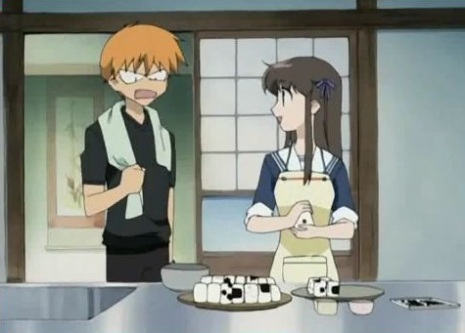
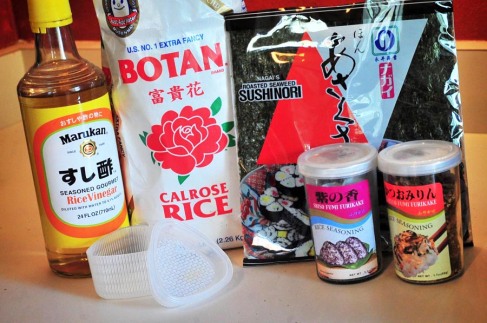
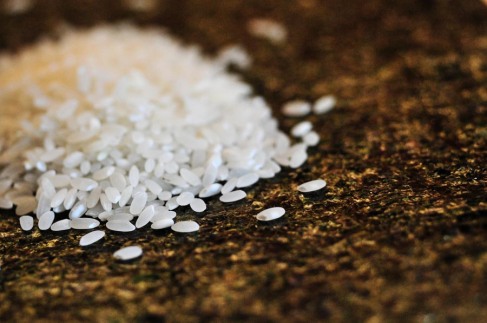
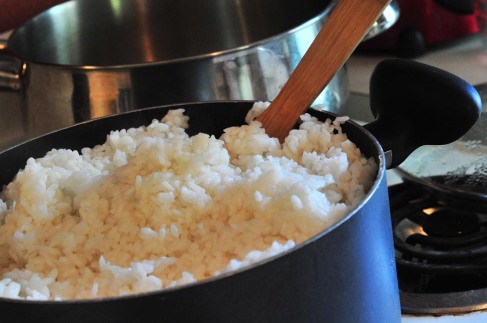

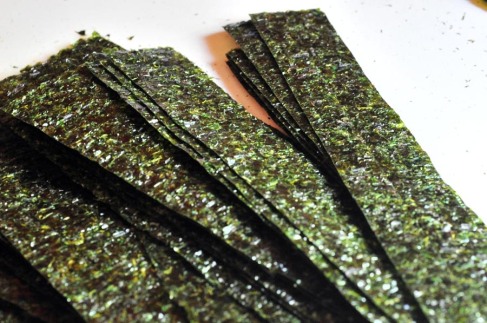



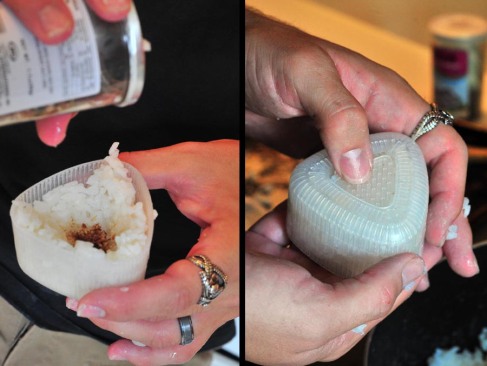
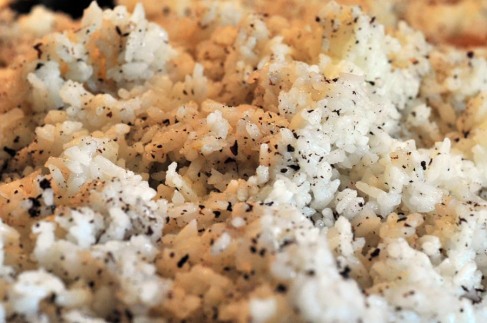

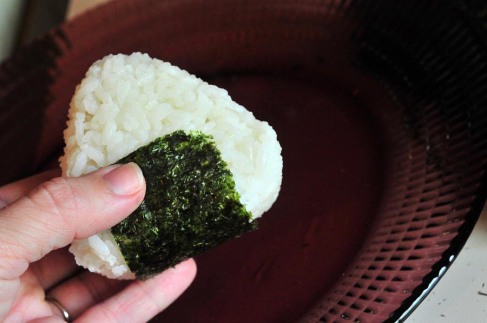

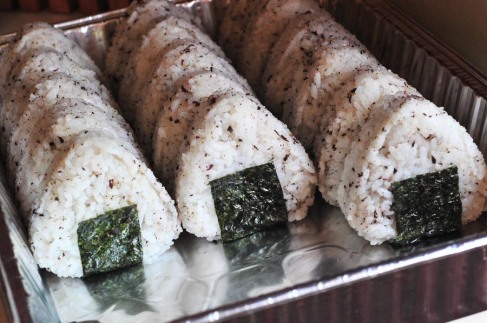






Leave a comment